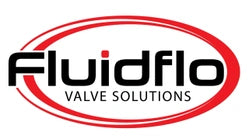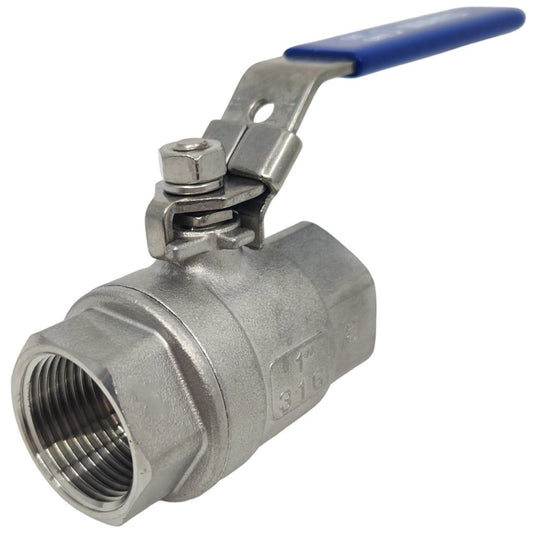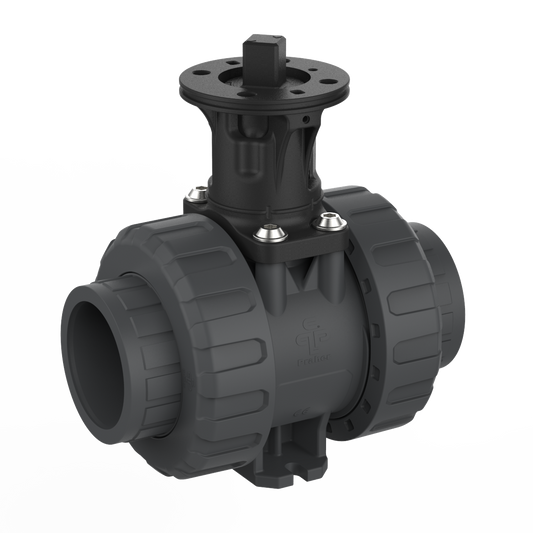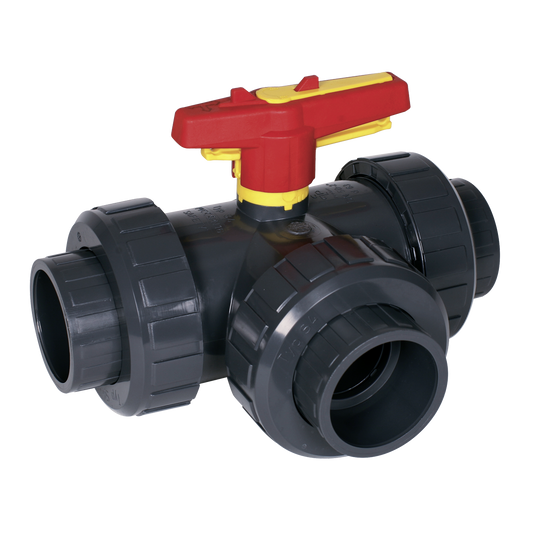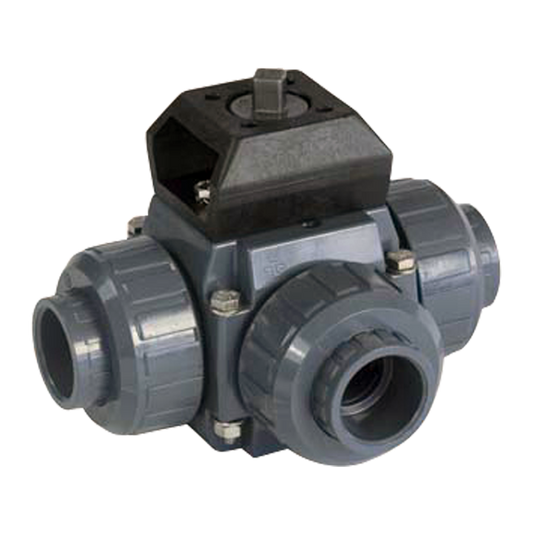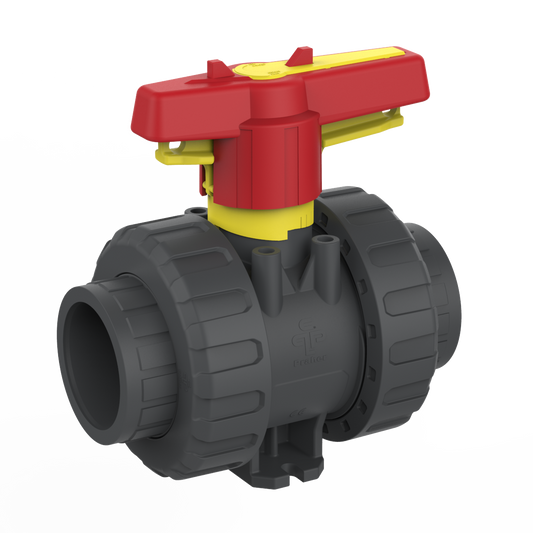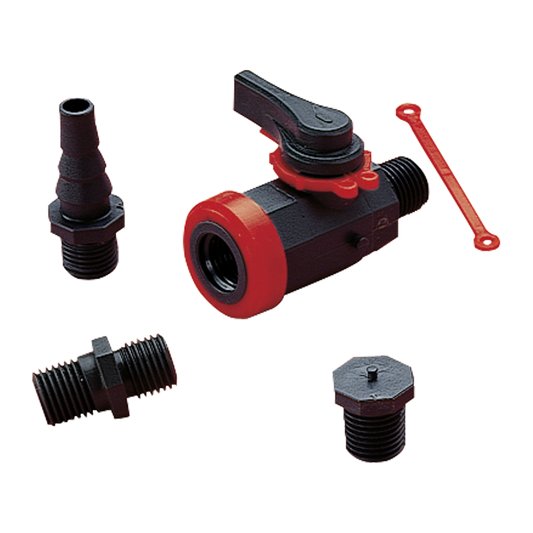Fluidflo Valve Solutions, an Australian leader in valve solutions, offers an extensive range of ball valves. These are pivotal in precise fluid control, ensuring optimal operation across diverse sectors. Ball valves are commonly used in a variety of industries from water treatment plants to chemical processing, oil and gas industries. At Fluidflo Valve Solutions, our selection includes stainless steel, thermoplastic, and actuated ball valves, ideal for controlling fluid flow in pipelines, regulating chemical solutions and managing water distribution.
-
 Order-onlyOrder-only
Order-onlyOrder-only -
 Order-onlyOrder-only
Order-onlyOrder-only -
 Order-onlyOrder-only
Order-onlyOrder-only -
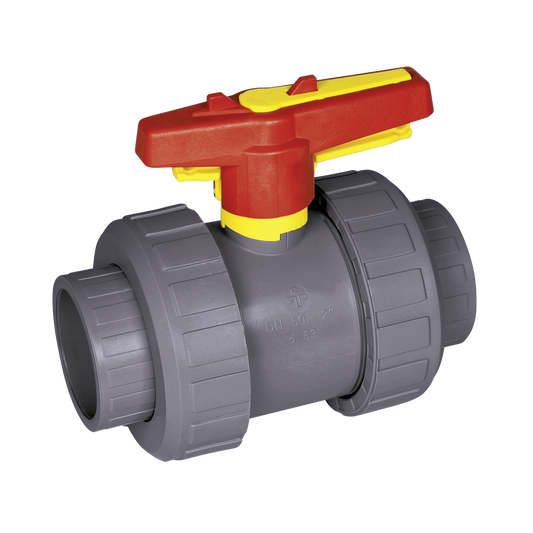 Order-onlyOrder-only
Order-onlyOrder-only -
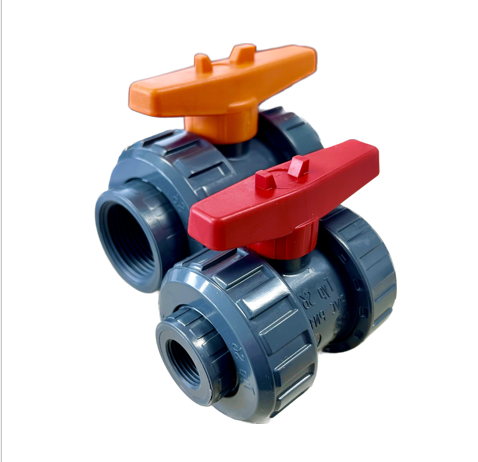 Order-onlyOrder-only
Order-onlyOrder-only -
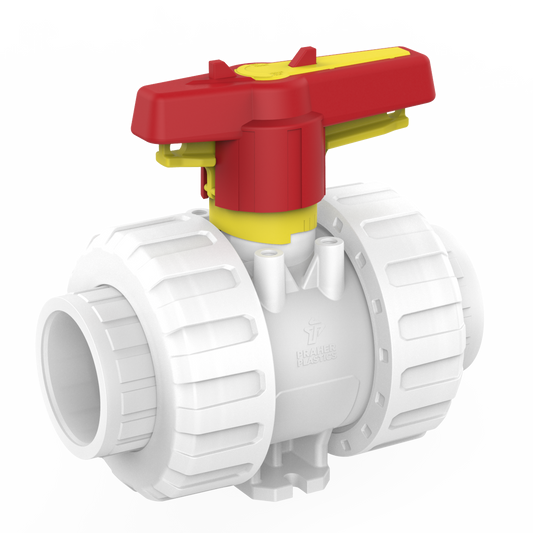 Order-onlyOrder-only
Order-onlyOrder-only -
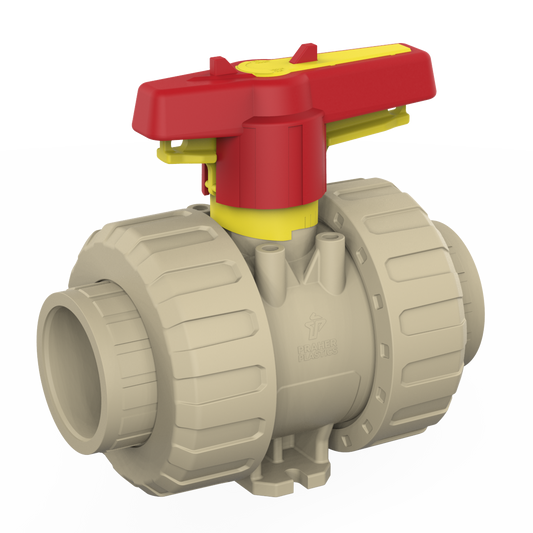 Order-onlyOrder-only
Order-onlyOrder-only
What is a Ball Valve?
A ball valve is a device that uses a rotating ball with a hole through it to control the flow of gas or liquid. The cylindrical device has a round ball inside that is connected to pipes to guide, obstruct and control the flow of gases and fluids. Ball valves provide quick and precise control over liquid or gas because they can open and close immediately. This ability to restrict and control fluid flow makes them ideal for a range of residential and commercial industries like oil and gas refining, automotive, water treatment, power process, outdoor hoses, plumbing and washing machines.
How Do Ball Valves Work?
A ball valve works by controlling how fluid or gas flows through a pipe through a rotating ball with a hole in it. It is open when the hole through the middle of the ball is in line with the flow inlet and closed when it is rotated 90 degrees by the valve handle, blocking the flow of fluid or gas. The main components of ball valves are the valve body, the ball, seats, and handle or actuator. The ball is directed via a stem that is fitted into a slot in the ball and then operated via a handle. The stem is located in the valve body neck and sealed to prevent any fluids or gases from escaping. To open and close the ball valve, the handle is turned a quarter turn or 90 degrees in either direction. During the rotation of the valve ball, the ball seats maintain a tight seal around the ball valve to ensure leak-proof seal.
Components of Ball Valves
A ball valve consists of the body, ball seats, stem and handle, as well as actuators and end connections. Here is a more detailed look at ball valve parts.
- Valve body: This is the main housing of the valve which provides structural support and protection. The valve body has ports for fluid entry and exit and encases the ball. Typically, the valve body will be made from stainless steel, cast, thermoplastic or brass material.
- Ball:The ball valve is spherical in shape with a hole in the centre to control flow of fluid and gases. The ball is usually made from stainless steel, chrome plated brass or from a thermoplastic material.
- Valve stem: The valve stem is the part that connects the ball to the external handle or actuator. It is the link between the handle and the movement of the ball.
- Seats and seals: In a ball valve, the set is the immoveable surface that the rotating ball presses on to create a seal which prevents fluid flow or gas leaking from bypassing. The seals are usually O-rings or other seals that create a watertight barrier.
- Actuator: This is the external control mechanism of the ball valve which may be in the form of a handle, lever or pneumatic actuator.
- End connections: The end connection is the method by which the ball valve is attached to the piping system. There are various end connections to suit different applications. These include threaded connections which are common for smaller valves, flanged connections suitable for high pressure applications, and welded connections for a permanent and leak proof seal.
Applications of Ball Valves
Due to their durability, strength, versatility and reliability, ball valves have a wide variety of applications. They are simple to install and make piping systems more efficient due to their quarter turn operation. Ball valves can be used in these industries:
- Oil and gas: Ball valves play a critical role in the oil and gas industry as they ensure pipelines have fast shut off to isolate and manage the flow of oil and gas. They work well in high pressure situations and supply tight and reliable sealing which inhibits the likelihood of leakage.
- Water and wastewater: Ball valves are widely used in water treatment plants, and wastewater management systems to control and isolate water flow. They act as quick acting devices that can shut off in seconds. They enable efficient water flow regulations of both intake and outflow and can be used to regulate water pressure.
- HVAC: In heating and cooling systems, ball valves are used to regulate the flow of refrigerants and water which aids in temperature control. Usually ball valves are used for chilled or hot water with up to 60% glycol concentration (the mixture used in heating and cooling systems to ensure freeze protection).
- Food processing: Ball valves are used in industries with strict hygiene requirements like food processing as they offer smooth operation and easy cleaning. Ball valves in the food processing industry ensure ingredients flow smoothly which results in food safety. Their precise regulation of liquids ensures safe processing and distribution of food products.
- Pharmaceutical: Ball valves are widely used in the pharmaceutical industry as they regulate flow, ensure product integrity, and provide a safe and sterile environment. They are engineered to ensure the expulsion of debris and prevent microbial contamination which is crucial for product sterility and efficacy.
- Marine and ship building: Ball valves are often used in the marine and ship building industry to control and regulate fluid flow and isolate systems for regular maintenance. In the marine industry, they are most commonly used in ballast tanks, fuel systems, hydraulic systems and ballast tanks due to their quick shut off capabilities, minimal pressure drop and ability to handle a variety of liquids.
Advantages of Ball Valves
Ball valves are widely used in a variety of industries due to numerous advantages. The key benefits of ball valves include:
- Fast shut off: Ball valves are known for the ability to ensure liquid or gas can be shut off quickly which is critical in emergency situations.
- Reliable flow control: Known for their reliability and precise action, ball valves provide excellent flow control for regulating liquids and gases through pipelines.
- Low pressure drop: Ball valves have low pressure drop because of their design and how they interact with gases or fluid. The bore design minimises resistance and turbulence which lead to a reduction in pressure drop and increased energy efficiency.
- Durability and longevity: Ball valves are made with high quality materials and sturdy construction which makes them durable and long lasting.
- Wide pressure and temperature ability: Ball valves are suitable for a wide range of industries because of their ability to withstand extreme pressures and temperatures. The tight sealing mechanism ensures minimal leakage and the spherical shape of the ball helps reduce stress on the seats which allows for high pressure handling. Made of robust materials like stainless steel, ball valves can withstand extreme temperature fluctuations.
- Easy to install: Ball valves are easy to install and remove because of their simple design, lightweight and compact design.
- Low Maintenance: Ball valves require little maintenance due to the straightforward mechanism of a rotating ball blocking or allowing air flow that minimises the number of parts that need to be serviced.
- Cost-Effective: Ball valves tend to be more affordable than complex valve types.
How To Choose A Ball Valve
To select a ball valve, there are a number of factors to consider. These include:
- Valve size and end connections: Make sure to select a valve size that is compatible with the pipeline and matches the existing connections. Consider if the connection type is threaded, flanged or welded, for instance.
- Material selection: Choose a valve that is made of material compatible with the fluid being used and environmental conditions.
- Pressure and temperature: Ensure the ball valve can handle the pressure and temperature required for it to withstand.
- Flow control: Choose a ball valve that will work with the flow control rate requirements. If you require extremely high flow control, you will need to consider a large valve. However, if the valve is too small, it can also inhibit efficiency.
- Actuation type: Consider the type of actuation you require, whether it is manual, electric, or pneumatic.
- Application: Take into account the type of application it will be used for, such as water distribution, food processing, or the gas or oil industry.
Frequently Asked Questions
What are ball valves used for?
Ball valves are used to fully shut off or fully open fluid of gas flow through a pipeline.
Can ball valves be used for isolation?
Ball valves can be used for isolation as they can attain positive shut off due to the soft seats.
What is the difference between ball valve and gate valve?
Ball valves and gate valves both work to block flow of fluids or gas. However, they have significant physical differences. Ball valves open via a handle, stem and ball, while gate valves open by lifting a gate out of the path of the service fluid.
What are the types of ball valves?
Stainless steel, actuated and plastic.
What size are ball valves?
Ball valves are sized based on the diameter of the pipe they used on. For instance, a valve used on an intravenous drip uses a tube ranging from 1.5mm - 3mm. Most common sizes range from 6mm to 100mm, however, in some industries, valves can be as large as 1-1/2 metres in diameter.
